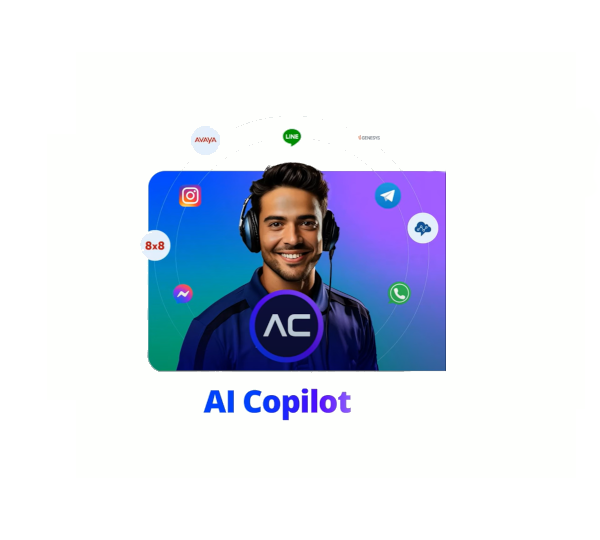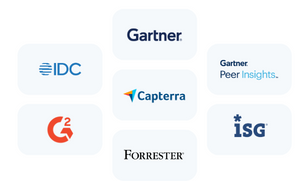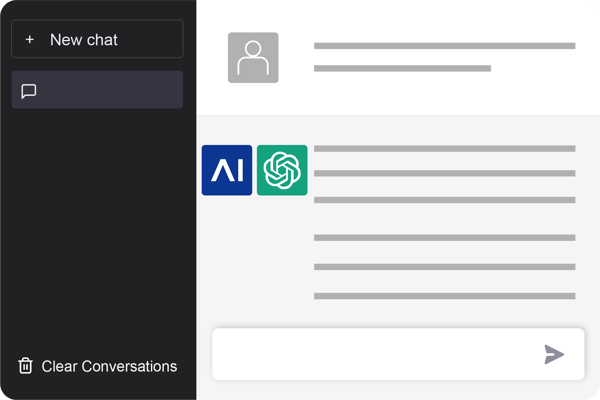There are two things you need to know about automation in the enterprise:
1) Automation in general is becoming a strategic part of every new business initiative.
2) By automating conversations with consumers, businesses and employees, the enterprise achieves a new level of efficiency while improving the immediacy and relevance of the user experience.
Anywhere conversations can be automated, they will be. As Conversational AI improves, the scope of software-driven conversations will expand and its sophistication will increase.
Most enterprises have implemented conversational AI or will soon starting off as experiments, this work has been project-based, used a diverse set of technologies and has served a limited number of user roles.
This has resulted in Conversational Sprawl, whereby the enterprise is saddled with random and unplanned growth of Conversational AI, implemented without an overarching strategy. Conversational sprawl introduces both old and new kinds of risk.
As with other new technologies introduced in the past, we see siloed projects, lack of reusability, and inconsistent standards for security, scalability and administration.
Unlike previous technologies, Conversational AI allows the enterprise to collect -- regardless of intention -- personal information about its users. Anything a user types could contain PII, passwords, health and financial information and other data that you may not want to know or be responsible for.
Even if this risk is managed thoughtfully in one project, it may be handled poorly in another. Marketing, Support and internal business processes are all executing with different standards for what data is stored, where it is stored and who controls it.
Departments may use SaaS deployments, managed hosting or on-prem, each with its own policies around installation and upgrades, multi-tenancy, system access, release management and redundancy.
A conversational platform mitigates this risk by allowing IT to establish standards for integration, governance and deployment.
Standardization offers two additional benefits:
First, because platforms are governable, you can make them smarter. Integrating with internal systems like CRM, Ticketing, HRIS or Inventory Management allows users to complete end-to-end processes through a conversational interface.
You can build and test these integrations once and reuse them in a variety of conversational interfaces and use cases.
Second, platforms provide a variety of user interfaces -- from code-based to UI-based -- that empower users within and outside of IT. IT can assert control without being a bottleneck.
As a whole, a platform lets you deliver on the promise of conversational automation, allowing you to provide a wide range of capabilities, assert control and governance and, ultimately, surrender all of the day-to-day work to individual business units.
Want to watch the tutorial in full length? Click on the button below to sign up!

.png?width=60&height=60&name=AI%20Copilot%20logo%20(mega%20menu).png)




.png?width=600&height=600&name=Knowledge%20AI%20Feature%20image%20(2).png)














